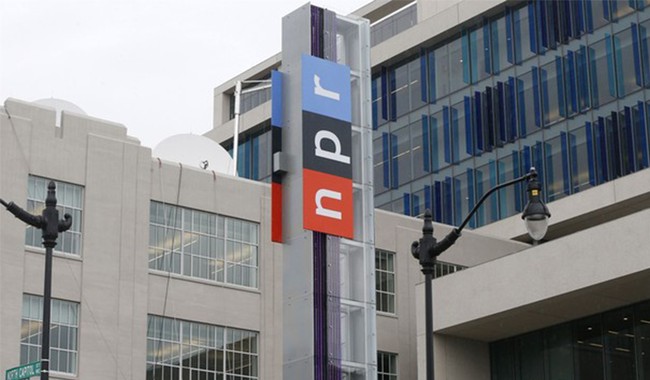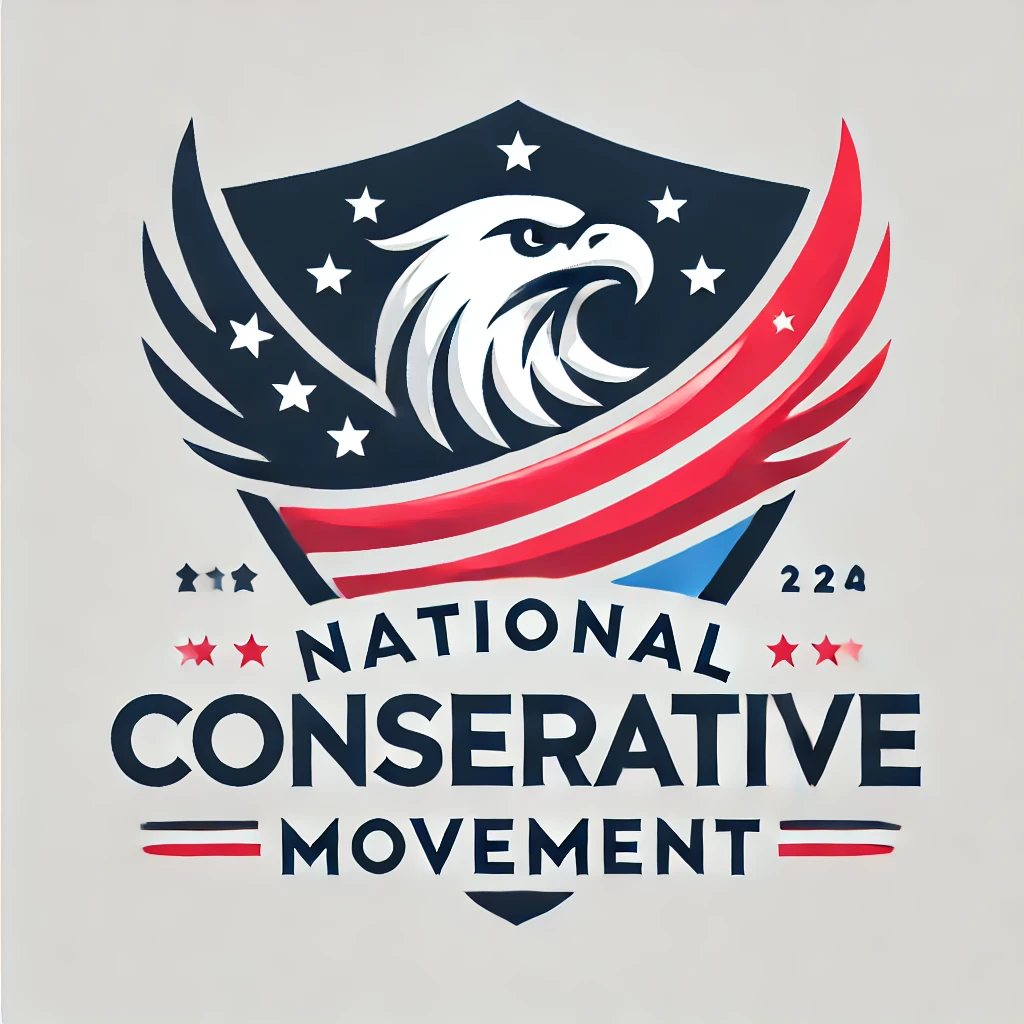
It’s striking how similar NPR’s situation is to that of Planned Parenthood. Both organizations have an affiliate model and both just had a lot of federal money cut from their budgets. That means both are now hoping to find new sources of funding to keep the doors open. The NY Times reports there has been an increase in donations to PBS and NPR but so far the amount isn’t nearly enough to offset the cuts.
Over the last three months, as the prospect of the cuts intensified, roughly 120,000 new donors have contributed an estimated $20 million in annual value, said Michal Heiplik, the president and chief executive of the Contributor Development Partnership, a firm that analyzes public media fund-raising data. Overall, donations committed to public media for the year are about $70 million higher than last year.
The numbers are encouraging, Mr. Heiplik said, but far from enough to make up for the federal cuts. Scores of stations in the United States could struggle to continue operating without grants from the Corporation for Public Broadcasting, a taxpayer-funded company that has long distributed federal money to PBS and NPR member stations.
Because donations are local and regional, the new contributions coming in aren’t coming in uniformly. Some stations are seeing big donations that really could keep them going, at least for now.
Amanda Mountain, the president and chief executive of Rocky Mountain Public Media, a PBS and NPR member network in Colorado, said she received 6,620 donations from Friday to Sunday, including 1,000 from new contributors. One donor gave a $500,000 gift.
At WUNC, an NPR member station in North Carolina, a donation drive raised more than $1 million. WMNF, an NPR member station in Tampa, Fla., raised more than $280,250. The funding haul was unusually high for both stations.
Tampa’s WMNF radio leaned in to the political angle of the cuts and saw a windfall that should keep them going.
At Tampa’s WMNF, General Manager Randi Zimmerman organized a one-day “Save Our Signal” fundraiser that brought in $280,000 — more than enough to replace their $130,000 CPB loss and another $100,000 recently pulled from state funding in Florida.
The station’s pitch was for supporters to “Join the resistance!” Not very subtle, even if they avoided mentioning Trump by name.
The problem with this is that future donations from people wanting to join the resistance aren’t as reliable as government funding. The station may have enough to keep going this year but will it be the same next year or the year after? What about after Trump is out of office? That seems pretty uncertain.
“This may or may not be sustainable,” Zimmerman said, noting that “only a small percentage of listeners pay for public media, right? Like four to six percent.” She is holding off on new hiring until the path forward is clearer.
The broader question facing public media is whether private philanthropy can replace public funding — and whether it should.
Evan Smith, a senior adviser with the investment company Emerson Collective and a founder of the Texas Tribune, says public funding at large regional stations can probably be replaced with private philanthropy.
“It’s a hole, no question … but the hole can be filled in,” Smith said. “In the grand scheme of things it will be tough but they can probably make it up.” Smith said federal funding typically accounts for between 6 percent and 10 percent at public TV or radio stations in larger regional markets.
Some of the stations in larger markets (Tampa has 400,000 people) probably can keep going but the smaller markets with fewer people (and fewer big checks) are probably doomed. Margaret McConnell, head of WDIY in Pennsylvania, described the current situation this way, ““It feels like the ship sank and here’s your life raft and we hope it stays afloat while you’re navigating the ocean.”
Some of those rafts are definitely going under, which just means they’ll stop paying money to NPR or PBS for programming and instead will find other, cheaper (maybe even less progressive) sources of news. The bottom line is that NPR’s footprint will shrink to the blue cities that have a market for left-leaning news instead of blanketing the whole country with it.











